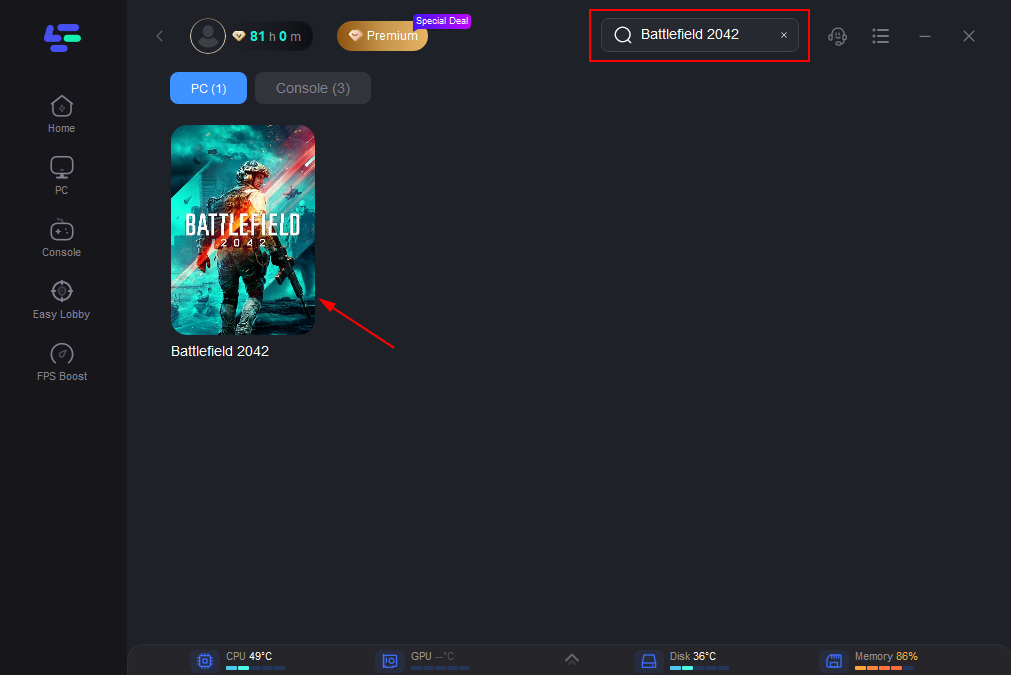News Blast: Your Daily Dose of Information
Stay updated with the latest news and insights from around the world.
Server Wars: Where Every Ping Counts
Dive into the fierce competition of Server Wars! Discover why every ping matters and how it can change the game for gamers and techies alike!
Understanding Latency: How Ping Affects Your Gaming Experience
Latency, often referred to as ping, is a critical factor that can significantly influence your gaming experience. It measures the time it takes for your device to send a request to the game server and receive a response. High latency can lead to noticeable delays, causing frustrating gameplay issues like lag, rubberbanding, and even disconnections. This can be particularly detrimental in competitive scenarios where split-second decisions can mean the difference between victory and defeat. Understanding what contributes to latency, such as your internet connection speed, the distance to the game server, and network congestion, is crucial for optimizing your experience.
To illustrate how ping affects your gaming performance, consider the following scenarios:
- If you're playing a fast-paced shooter, a ping of 20ms is ideal, allowing for quick reflexes and responsive gameplay.
- A ping of 100ms may still be playable, but you might start noticing delays in actions or commands.
- Conversely, a ping of 300ms or higher can be incredibly detrimental, often leading to disconnections and frustrating delays.

The Ultimate Guide to Optimizing Your Server for Low Ping
Optimizing your server for low ping is essential for providing a seamless online experience, especially in gaming and real-time applications. Ping time, which refers to the latency between a user's device and the server, can significantly affect performance. To achieve the best results, start by choosing a server location that is geographically closer to your target audience. The closer the server is to the user, the lower the ping will be. Additionally, utilizing a Content Delivery Network (CDN) can help distribute server loads and ensure faster data delivery.
Network configuration also plays a crucial role in minimizing ping. Make sure to optimize your server settings, such as adjusting buffer sizes and enabling TCP optimizations. Consider implementing Quality of Service (QoS) rules to prioritize essential traffic to and from your server. Regularly monitoring your network's performance can help you identify potential bottlenecks or issues causing latency. By taking these steps and regularly reviewing your setup, you can significantly enhance your server's performance and ensure a low ping environment for your users.
Server Selection: Which One Offers the Best Ping for Your Game?
When it comes to online gaming, the server selection can make a significant difference in your overall experience. The term 'ping' refers to the response time between your device and the gaming server, and a lower ping typically results in smoother gameplay. Players often find themselves faced with multiple server options, each varying in geographic location and performance. To achieve the best possible ping, it's crucial to select a server that is closest to your physical location. This reduces the distance data has to travel, significantly improving your connection speed and gameplay fluidity.
To identify which server offers the best ping for your game, consider the following factors:
- Proximity: Choose a server geographically closer to your region.
- Server Load: Opt for servers with lower populations, as a heavily loaded server can increase latency.
- Connection Type: Ensure you are using a stable and fast internet connection, whether wired or wireless.